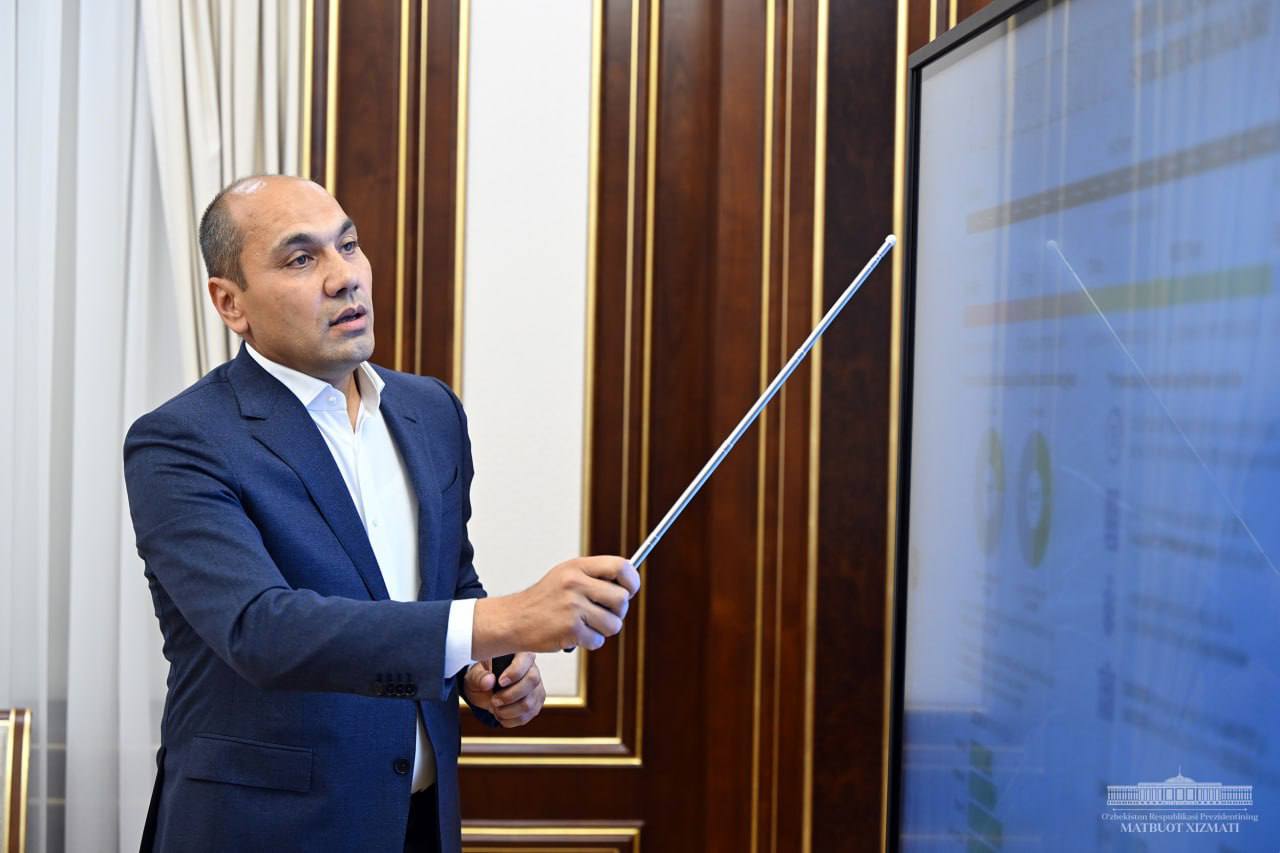This article is also available in:
Русский (Russian)
Uzbek
The saga of developing Tashkent’s master plan continues. Today, the project was presented to Shavkat Mirziyoyev. Officials promised that once the document is approved, it will be accessible to all residents through the Urban Planning Cadastre’s geographic information system and on the Tashkent hokimiyat website. As they say, we’ll wait and see. In the meantime, here’s what we’ve learned about the changes that await the capital.
The Tashkent master plan, designed for the period up to 2045, envisions significant changes. Currently, the city’s area is 43,822 hectares, and its population exceeds 3 million people. These figures are expected to grow, and the new urban planning strategies account for future expansion.
The initial developments were presented to the president back in 2022, after which the project was revised based on his directives and recommendations. The plan was developed by the “ToshkentboshplanLITI” enterprise in collaboration with foreign experts from Singapore, the United Kingdom, Turkey, Germany, China, and the Netherlands.
According to the new project, Tashkent will be divided into three zones:
- Conservation zone: Preservation of cultural heritage sites, historical buildings, and green spaces.
- Reconstruction zone: Additional construction will be allowed based on master plans.
- Renovation zone: Demolition of dilapidated housing and old buildings, followed by new construction and repairs.
One of the key goals of the new plan is to address environmental and transportation issues. Over the past few years, the average air temperature in Tashkent has risen by 1 degree, and on some days, the level of pollutants in the atmosphere exceeds acceptable norms. Additionally, the number of cars is growing each year, making traffic increasingly congested.
The master plan includes significant expansion of green areas in the city and its surroundings: the green space is expected to triple to 25,000 hectares. This will increase the green area per capita from the current 3 to 6 square meters.
Plans also include improving the accessibility of social and transport infrastructure: residents should be able to reach the nearest kindergarten, school, hospital, or shopping area within 15 minutes from their homes. To achieve this, the public transport network will be expanded, with more routes and stops added. New roads will be built, and bus rapid transit (BRT) routes will be introduced.
The city’s infrastructure systems — electricity, water supply, and sewerage — are currently operating at full capacity due to the rapid growth of the city. The master plan includes measures to increase their capacities to ensure comfortable living conditions for residents.
Once the master plan is approved, its maps and data will be made available in the Urban Planning Cadastre’s geographic information system and on the Tashkent hokimiyat website for public access.
Shavkat Mirziyoyev emphasized the importance of transforming Tashkent into a modern metropolis capable of providing comfortable living and working conditions for at least 7.5 million people. As part of the city’s agglomeration, plans include developing the Kibrai, Zangiata, Yukorichirchik, Urtachirchik, and Tashkent districts of the Tashkent region.
The article may contain inaccuracies as it is translated by AI. For more details, please refer to the Russian version of the article. If you notice any inaccuracies, you can send corrections via the Telegram bot: Uzvaibik_bot.

